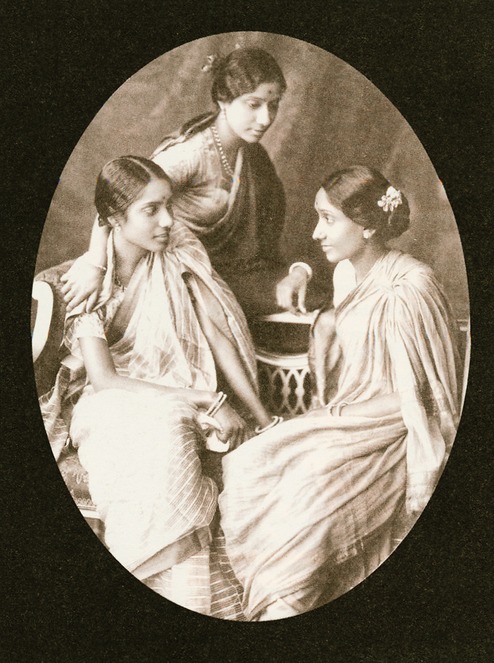DRAMA QUEENS: WOMEN WHO CREATED HISTORY ON STAGE
By Veejay Sai,
Roli, Rs 695

Munni Bai, born Sofiya in northern Karnataka in 1898, began her career on the Parsi stage in Bombay in 1911 with Raja Harishchandra in Khurshedji Baliwala's Victoria Theatrical Company. She grew into a superstar whose singing and acting were believed to be matchless. The gold and silver medals she received outnumbered those of Ustad Faiyaaz Khan of Agra, famous for his be-medalled portraits. But when she died in 1966, "the greatest superstar, songstress and actor of the Parsi stage" was without resources, her medals sold off to pay for her medical bills. "Today," says Veejay Sai, in Drama Queens: Women who Created History on Stage, "she lies buried in a graveyard with not even a decent tombstone over her grave."
Women are easy to forget. Sai tells the story of the women who first appeared on stage when men in female parts no longer satisfied the demands of a changing aesthetics. These women inhabit and urge forward the events that culminated in the emergence of modern entertainment in India, from the stage through silent films to the first talkies. Sai excavates from difficult material - the occasional autobiography, the sudden press-cutting, other scattered records - the stories of 10 such women, while building around their struggles the early history of Indian theatre.

From Tamil Nadu, Karnataka, Andhra Pradesh to Gujarat and Punjab, from Imphal and Calcutta to Benaras, Bombay and Amritsar, from Tara Sundari to Hirabai Barodekar, from Jahanara Kajjan to Thambalangoubi Devi, Sai's tour provides a layered history. It is a story of brilliantly accomplished women, who struggled against great odds to become stars and whom their audiences first adored and then forgot. Around them were other actors, some of whom Sai has been able to present in his outstanding collection of pictures. But often they cannot be represented at all, their traces almost gone. Munni Bai's contemporaries, for example, are absent.
The woman on stage could be a star, but you could not bring her home. Even at the end of Sai's chosen period, the journey towards respectability had not been completed. But this was an alternative universe of art where excellence alone mattered: lives depended on it. The stars who came from tawaif and baiji communities would reach towards love and respectability, changing an unwilling society in the process. The love of Abdul Karim Khan and Tarabai Mane seemed scandalous even at the time, and among their three daughters (picture, right) was Hirabai Barodekar. Actors also came from marginal groups. Jewish and Anglo-Indian women took on Hindu and Muslim names on stage: Ermeline Cardoza became Sudhabala, and Beryl Classen - Madhuri. They were contemporaries of Jahanara Kajjan (picture, left), whose mother, Suggan Bai, moved from Benaras to Patna to Calcutta, where Kajjan grew into stardom. It is a rare story that has a happy ending. But the greatest tragedy is of those of whom all traces have vanished.

